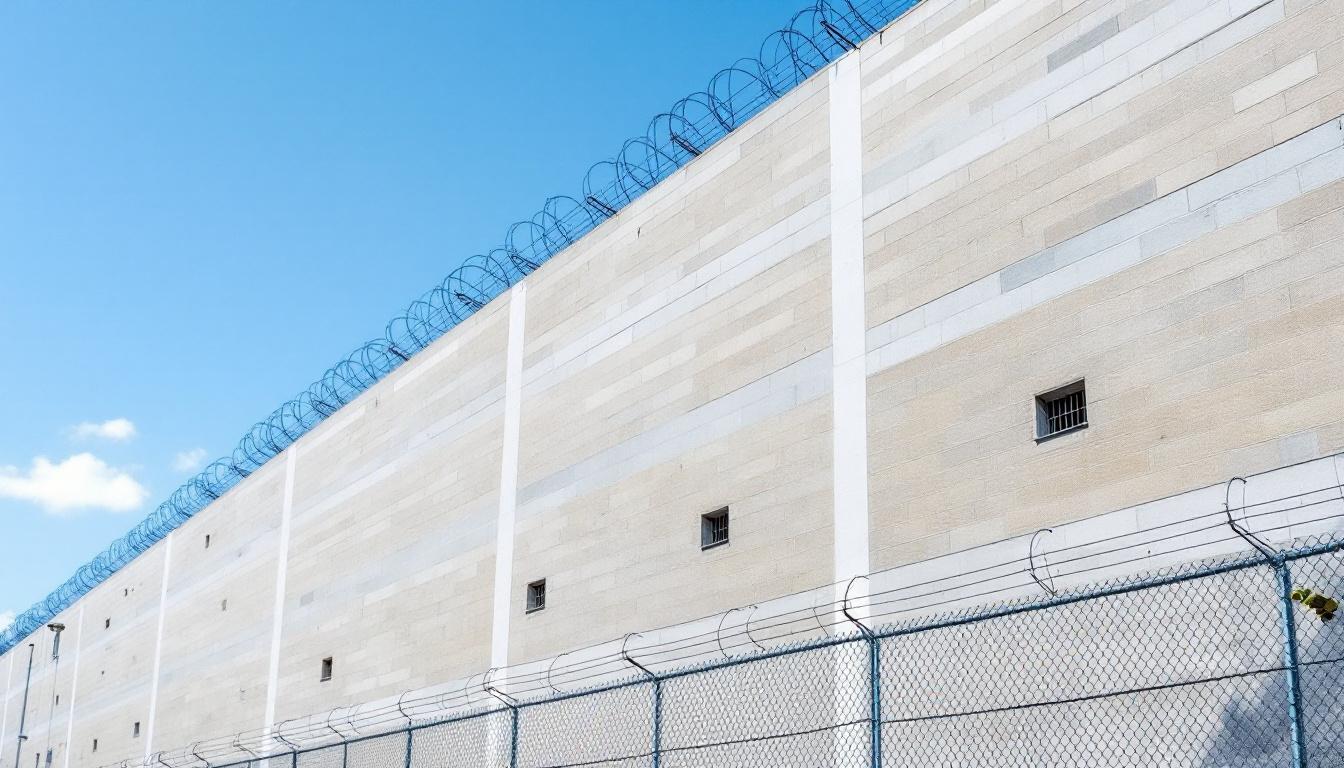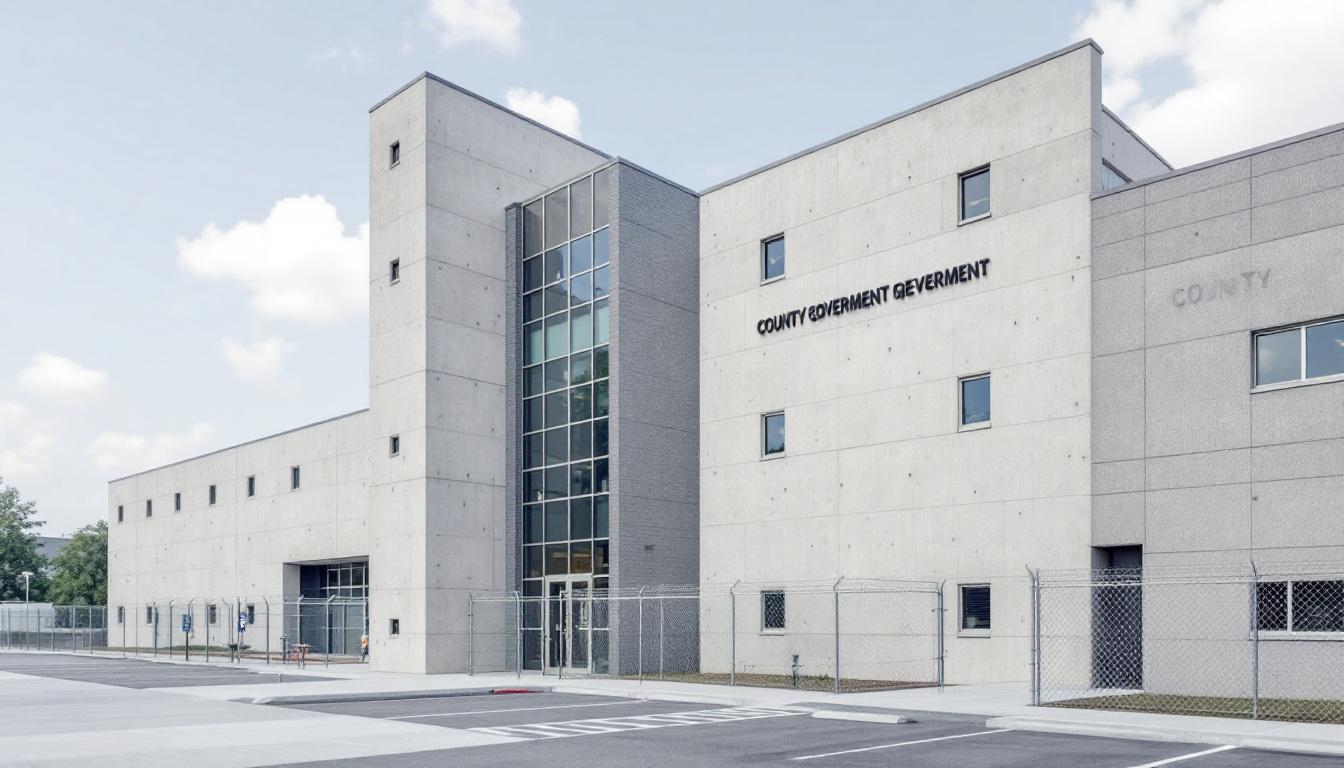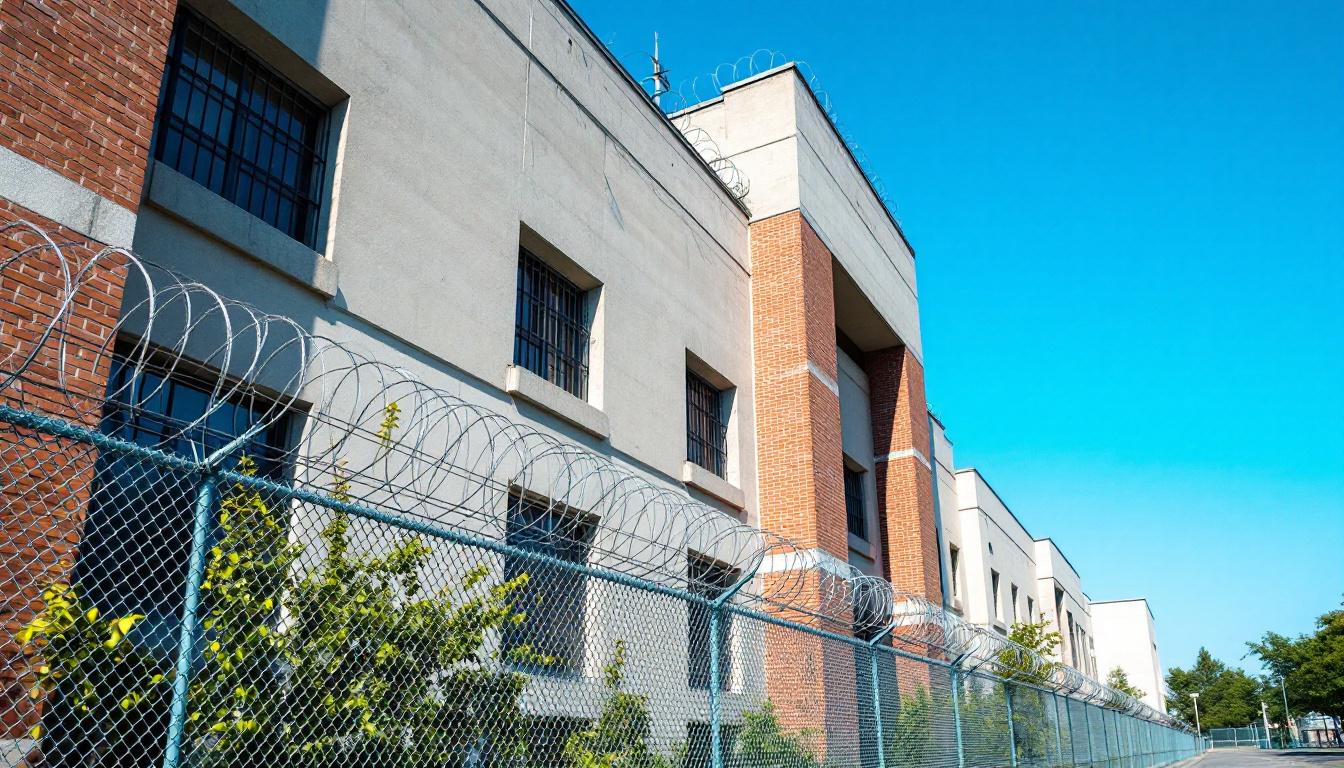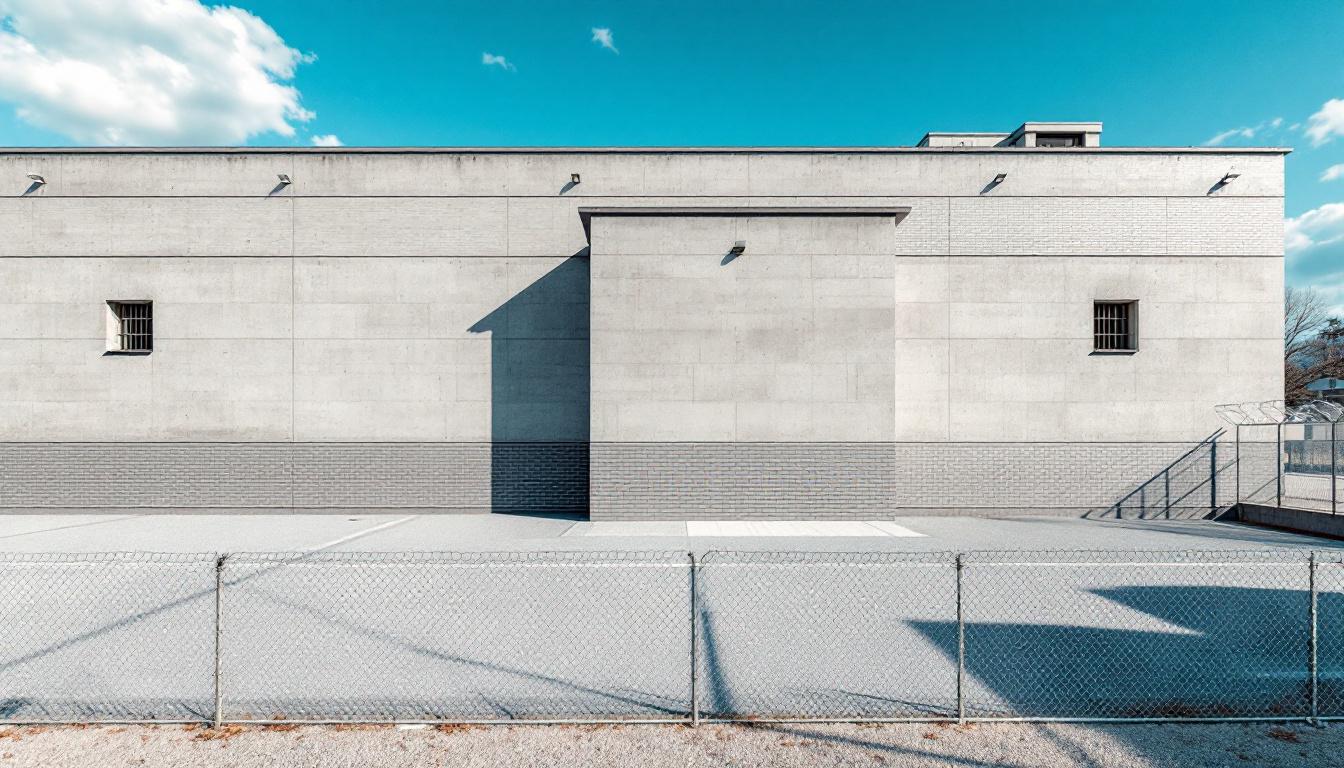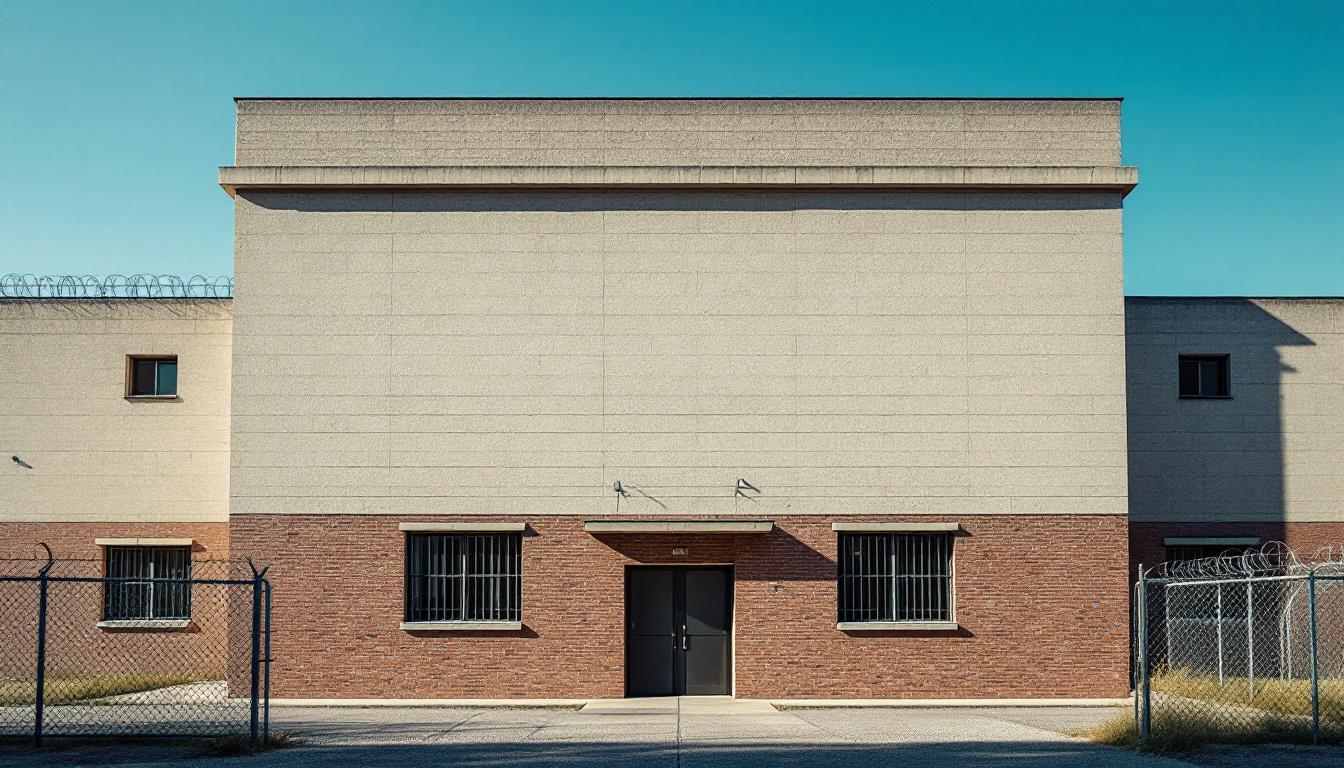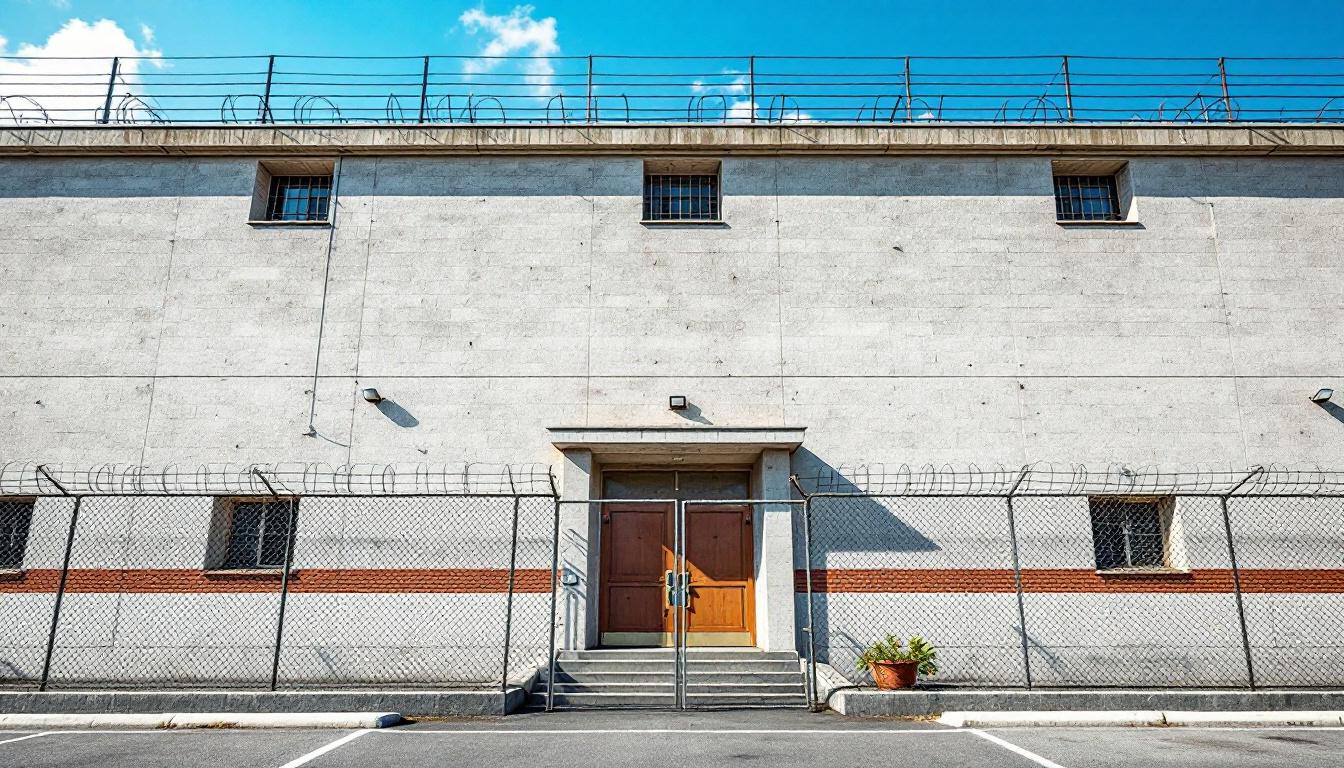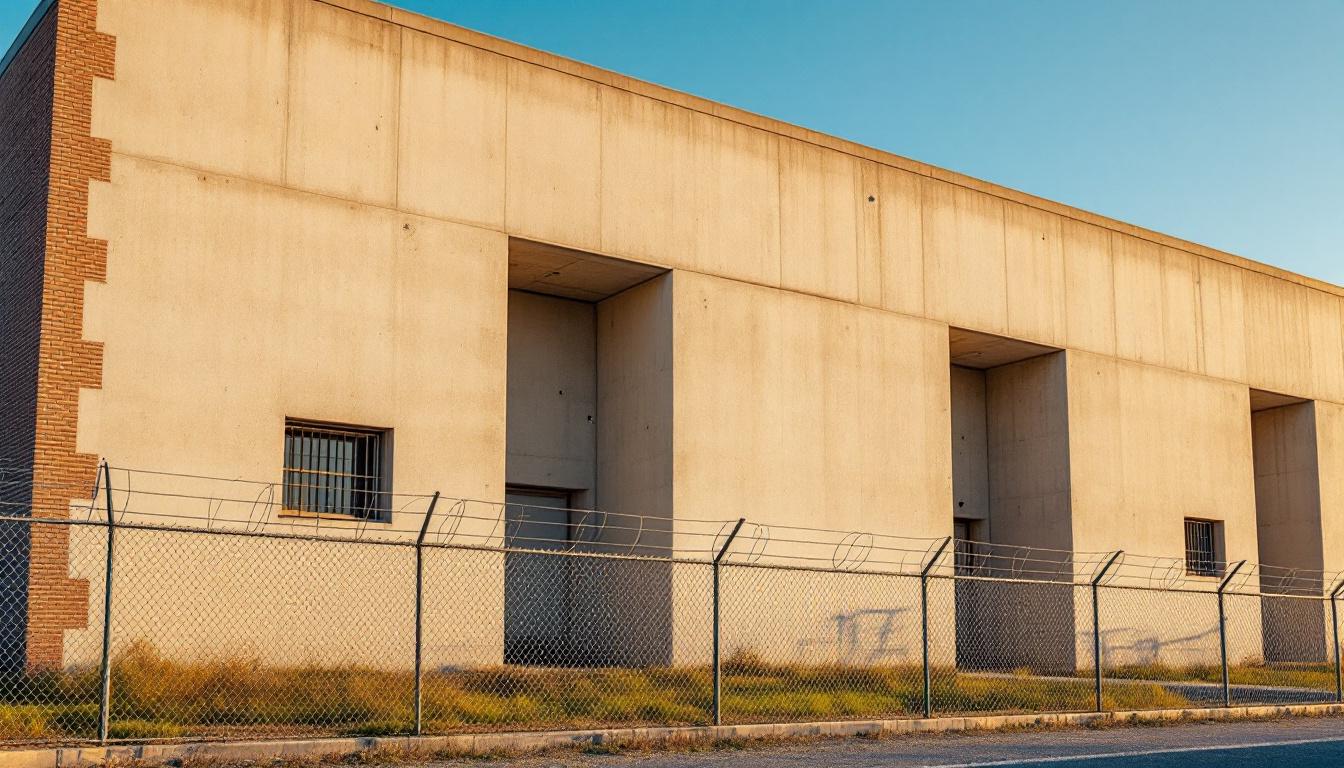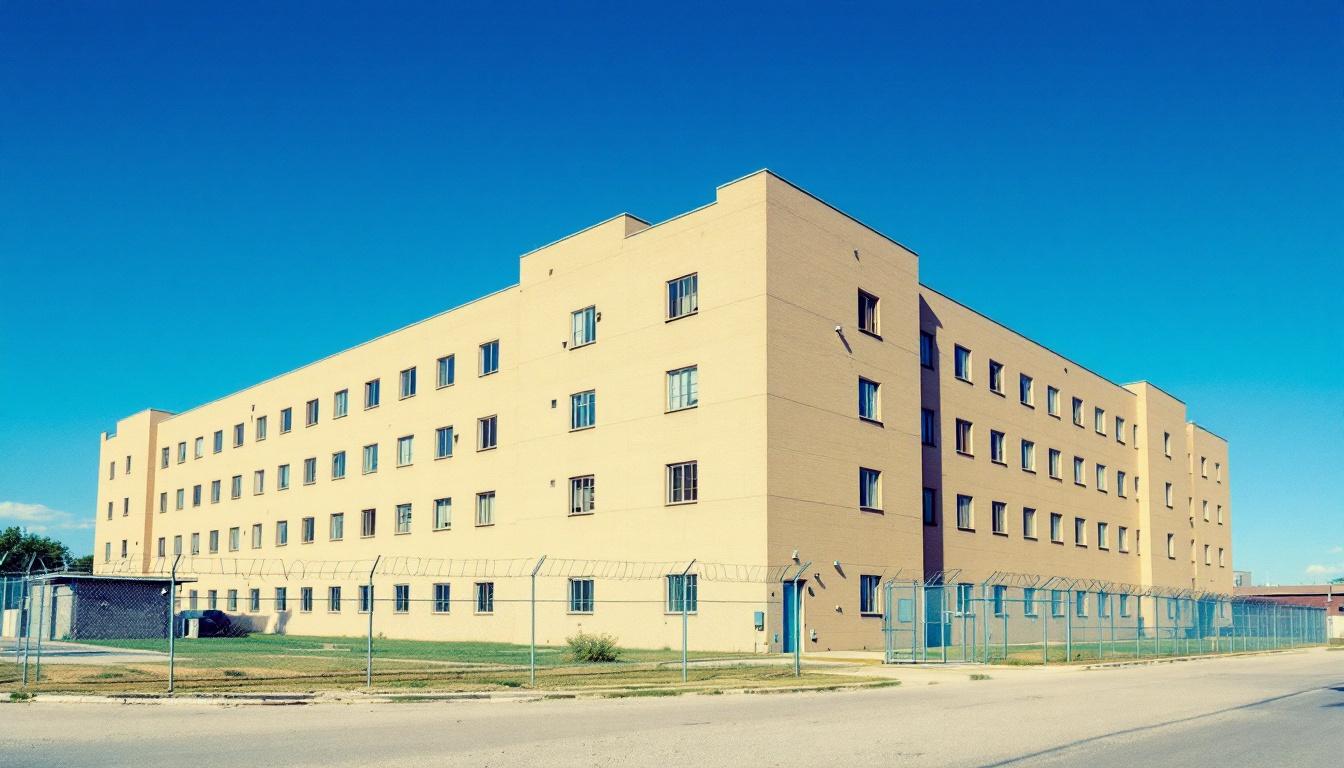
Quick Navigation
How to contact an inmate at Travis State Jail
This comprehensive guide will walk you through how to connect with an inmate at Travis State Jail. Follow the steps below to find an inmate and send letters and photos:
- Search for the inmate using our search tool below
- Create your account or log in to Penmate
- Write your message (up to 6,000 characters)
- Send instantly - inmates receive printed copies daily
Find an Inmate
Search for an inmate to start communicating today
Tip: You can search by first name, last name, or inmate ID number
To contact a person at Travis State Jail start by searching for the person on the official facility website. Perform a search by following these steps:
- Step 1: Enter their first name and last name into the search form and click "Search"
- Step 2: Locate their inmate record
- Step 3: Write down their Inmate ID and any housing information provided
Important! Be sure to enter the person's full name. Nicknames should not be used.
How to Send Messages to Inmates

You can use your phone or computer to send emails, letters, and photos to an inmate. Messages are sent electronically to inmate tablets or kiosks at the facility. If you would like to send a message, start by searching for an inmate at Travis State Jail.
Sending Photos and Postcards

A great way to send love and support to a loved one at Travis State Jail is to send photos and postcards. It only takes a few minutes to send photos from your phone and it makes a huge difference. You can also mail postcards with words of support and inspiration, or design your own postcard for special moments like birthdays and holidays.
Important! Be sure not to send any explicit photos or they may not be approved by the facility. You can also use a photo printing app like Penmate to make sure your photos are printed at the correct size (4x6 or 3x5) and are mailed according to the rules and regulations of Travis State Jail.
Frequently asked questions about Travis State Jail
-
How long does it take to deliver a message?
If you're sending an email message your letter is usually delivered within 24-48 hours. For messages sent via mail you should expect delivery within 3-7 days. All messages will need be approved by Travis State Jail.
-
How much does it cost to send a message to Travis State Jail?
You can send a message free using your phone or mail a message via USPS for the price of a $0.60 stamp and envelope. You can also purchase credits or e-stamps from services starting at $1.99.
-
What services can I use to contact an inmate at Travis State Jail?
Penmate
You can use Penmate to send letters and photos to an inmate from your phone. It's an easy way to stay in touch during your loved one's incarceration. Use the inmate locator to find an inmate's location and contact information, then you can send messages within a few minutes.
Securus messaging
Securus may be another option for communicating with an inmate at Travis State Jail. You can create a friends and family account and purchase credits to send messages. All messages will be reviewed and must be approved by the facility.
JPay
Some county jails and state prisons may support sending messages with JPay. You must register an account with the system, find your loved one, and purchase stamps to send messages. For some locations you can also attach photos.
Smart Jail Mail
You may also check if Smart Jail Mail is available at Travis State Jail. Smart Jail Mail is operated by Smart Communications and has contracted with some state and county jails. After purchasing credits, your messages and photos are sent to the facility, printed out, and then handed out to your loved one.
-
What is the mailing address of Travis State Jail?
Mailing address:
Travis State Jail
8101 FM 969
Austin, TX 78724
Phone: (512) 926-4482Business hours:
- Monday: Open 24 hours
- Tuesday: Open 24 hours
- Wednesday: Open 24 hours
- Thursday: Open 24 hours
- Friday: Open 24 hours
- Saturday: Open 24 hours
- Sunday: 12:45 AM – 12:00 PM
-
What are the visiting hours at Travis State Jail?
Visiting hours at Travis State Jail vary by housing unit and security level. Generally, visits are scheduled on weekends and holidays, with some facilities offering weekday visits. Contact the facility directly at (512) 926-4482 or check their website for the current visiting schedule. Visits typically last 30-60 minutes and must be scheduled in advance.
-
What items are prohibited when sending mail to Travis State Jail?
Prohibited items typically include: cash, personal checks, stamps, stickers, glitter, glue, tape, staples, paperclips, polaroid photos, musical or blank greeting cards, hardcover books, magazines with staples, and any items containing metal or electronics. Only send letters on plain white paper with blue or black ink. Photos must be printed on regular photo paper (no Polaroids). Always check with Travis State Jail for their specific mail policies.
-
How do I send money to an inmate at Travis State Jail?
You can send money to an inmate at Travis State Jail through several methods: 1) Online using JPay, Access Corrections, or the facility's approved vendor, 2) Money orders mailed directly to the facility with the inmate's name and ID number, 3) Kiosks located in the facility lobby, or 4) Over the phone using a credit or debit card. Fees vary by method, typically ranging from $2.95 to $11.95 per transaction.
-
Can I schedule a video visit with an inmate at Travis State Jail?
Many facilities now offer video visitation as an alternative to in-person visits. At Travis State Jail, video visits may be available through services like Penmate, Securus Video Connect, GTL, or ICSolutions. Video visits typically cost $10-20 for 20-30 minutes and must be scheduled in advance. You'll need a computer or smartphone with a camera and reliable internet connection. Contact the facility for their specific video visitation policies and approved vendors.
-
What identification do I need to visit an inmate at Travis State Jail?
All visitors must present valid government-issued photo identification such as a driver's license, state ID, passport, or military ID. Minors must be accompanied by a parent or legal guardian who can provide the minor's birth certificate. Some facilities require visitors to be on the inmate's approved visitation list, which may require a background check. Contact Travis State Jail for specific ID requirements and visitor approval procedures.
-
How can I find out an inmate's release date?
To find an inmate's release date at Travis State Jail, you can: 1) Use the online inmate search tool if available, 2) Call the facility's records department, 3) Contact the inmate's case manager or counselor, or 4) Have the inmate provide this information during a call or visit. For privacy reasons, some facilities only release this information to immediate family members.
Facility Overview
Official Website

About Travis State Jail
Contributing to Dallas County's commitment to public safety through comprehensive rehabilitation services, Travis State Jail operates as a vital component of Texas's correctional infrastructure. This TX correctional facility emphasizes evidence-based reintegration programming designed to reduce recidivism while maintaining secure custody operations within the greater Dallas metropolitan area.
The facility typically provides inmates services that address the multifaceted challenges individuals face upon release, including educational opportunities, vocational training programs, and substance abuse counseling. Mental health support services generally complement these offerings, recognizing that successful community reintegration often requires addressing underlying behavioral health needs. Travis State Jail may also facilitate family visitation programs and correspondence services that help maintain crucial social connections during incarceration periods.
As part of the broader Texas correctional system, this county jail serves the Dallas region by housing individuals at various stages of the judicial process while preparing them for eventual community return. The facility's rehabilitation-focused approach reflects contemporary correctional practices that prioritize public safety through offender transformation rather than punishment alone, contributing to stronger communities throughout the Dallas area and supporting the state's overall crime reduction objectives.
Programs & Services
Personal transformation through structured learning opportunities forms the cornerstone of rehabilitative services at Travis State Jail, where inmates encounter a comprehensive framework designed to address both immediate needs and long-term reintegration goals. The facility's approach emphasizes skill development and character building through evidence-based programming that recognizes the complex factors contributing to criminal behavior. This multifaceted strategy typically integrates educational advancement, practical skill acquisition, and therapeutic support to create pathways for meaningful change during incarceration.
Educational services often include computer literacy training that equips inmates with essential digital skills necessary for modern workforce participation. These technology-focused sessions may provide instruction in basic computer operations, software applications, and internet navigation, preparing participants for employment opportunities that increasingly require technological proficiency. Additionally, vocational training services typically offer hands-on instruction in various trades and technical fields, allowing inmates to develop marketable skills that can translate directly into post-release employment opportunities. Such programming often encompasses areas like construction, maintenance, food service, and other industries that actively hire individuals with criminal backgrounds.
Support services extend beyond traditional classroom learning to include structured work programs that provide inmates with practical experience in institutional operations while developing workplace habits and professional skills. Faith-based initiatives may offer spiritual guidance and community support networks that address underlying behavioral patterns and provide moral framework for decision-making. Additionally, work release programs often serve as transitional bridges between incarceration and community reintegration, allowing eligible inmates to maintain employment while completing their sentences, thereby reducing recidivism risks through sustained community connections and financial stability.
Daily Life & Visitation
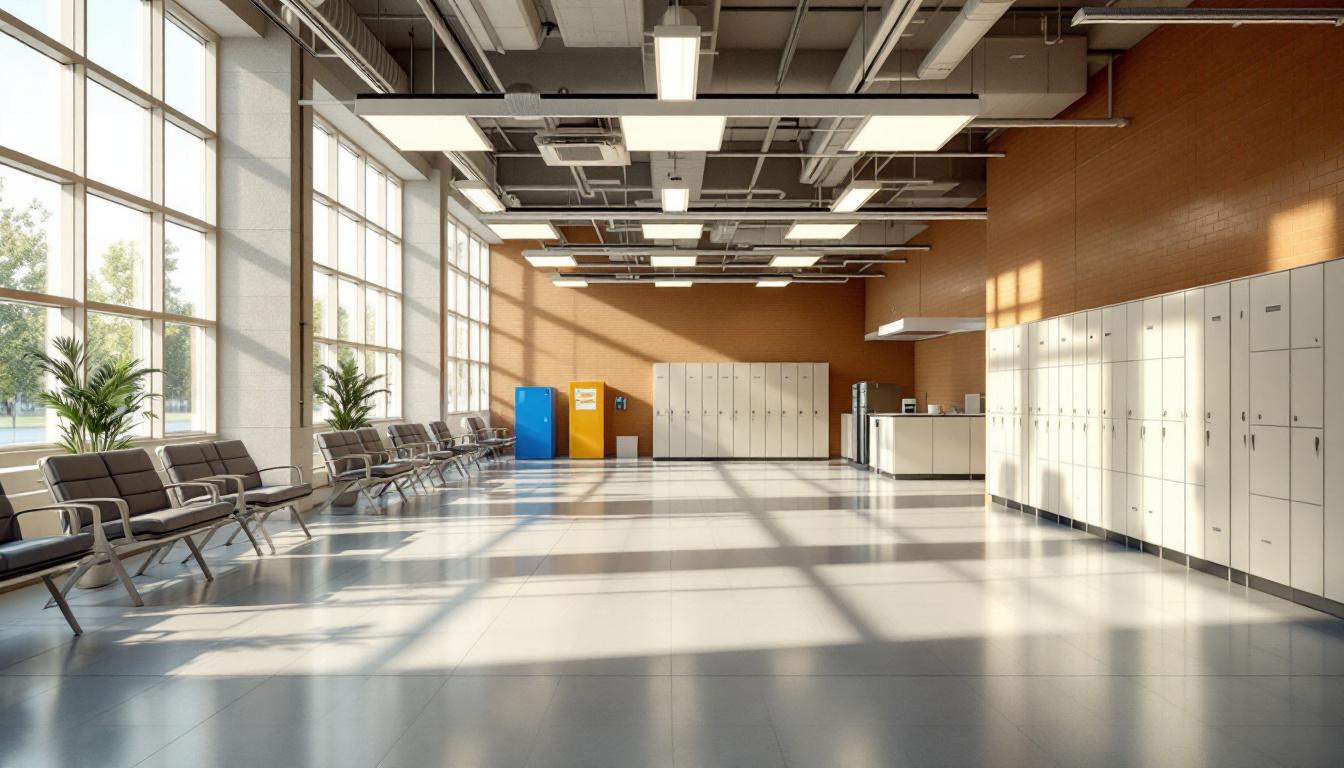
The concrete walls and metal fixtures of the housing units create a structured environment where inmates at Travis State Jail must navigate their daily existence within clearly defined boundaries. At present, the facility actively maintains a regimented schedule that begins with early morning counts and extends through evening lockdown, providing inmates with a predictable framework around which they organize their days. Generally, inmates wake to the sound of announcements over the intercom system, followed by breakfast service in the dining hall where meals are typically served at designated times for different housing units.
The living accommodations consist of multi-person cells or dormitory-style housing units, where inmates share limited space with their assigned roommates or bunkmates. Personal belongings are typically restricted to essential items that can fit within small storage areas, and inmates often adapt by developing organizational systems to maximize their limited space. Additionally, the commissary provides opportunities for inmates to purchase approved personal items, snacks, and hygiene products, which many inmates use to create a sense of personal comfort within the institutional environment. While privacy is minimal, inmates usually develop routines and unwritten agreements with their cellmates to maintain some sense of personal space and respect.
The facility typically provides various structured programming schedules that may include educational classes, vocational training, and work assignments within the institution, such as kitchen duties, maintenance tasks, or laundry services. Recreation opportunities generally include access to outdoor exercise areas and indoor common spaces where inmates can engage in physical activity or social interaction during designated periods. Family connections remain vital to many inmates' adaptation process, with visitation policies usually allowing scheduled visits from approved family members and friends, while telephone access and written correspondence provide additional means of maintaining relationships with loved ones on the outside. These programs and connections often provide inmates with structure and purpose that help them adapt to the institutional environment while preparing for their eventual release.
Ready to Connect?
Start communicating with your loved one today
Search for an Inmate
